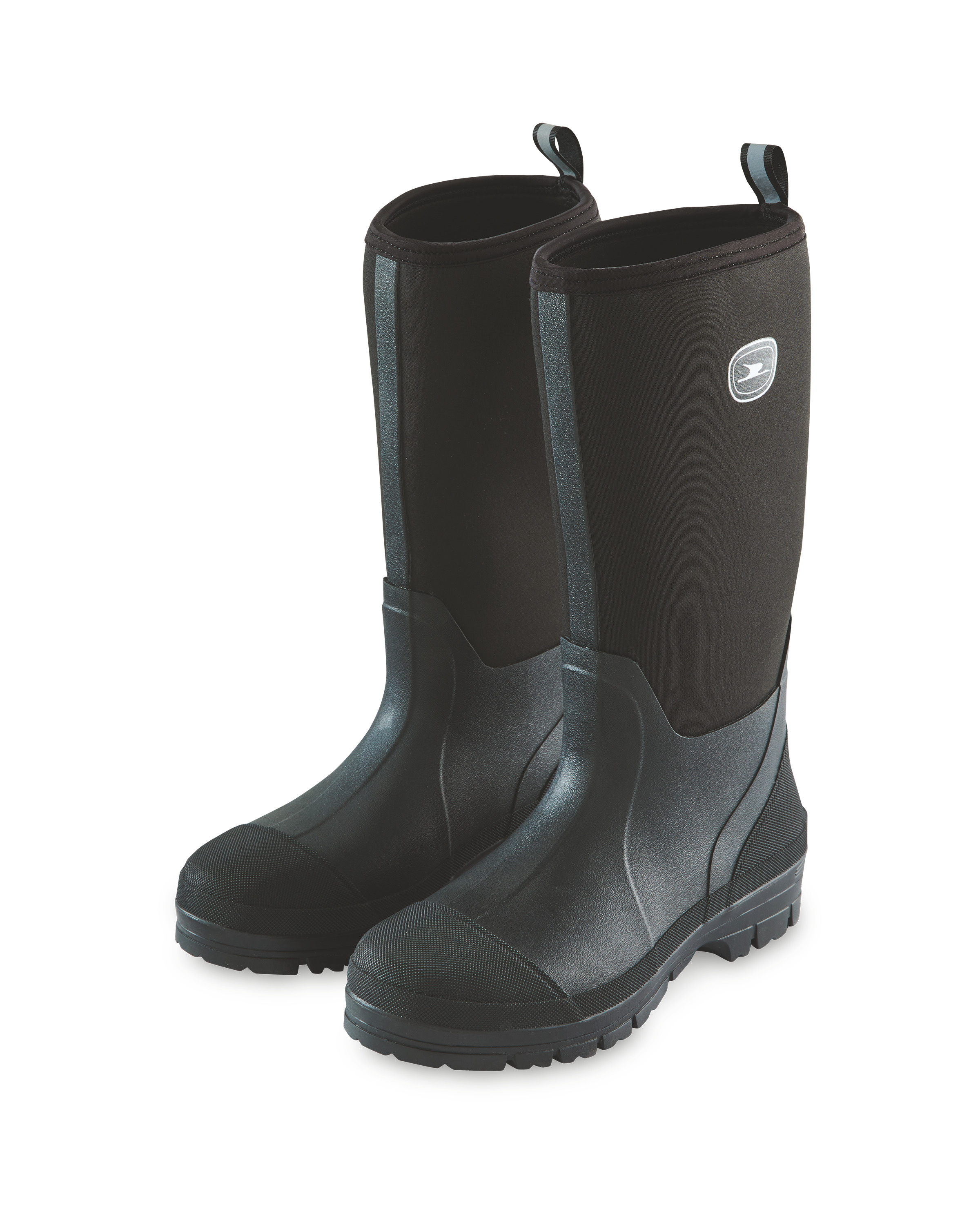paul
Moderator
hmm then why do my wet socks / wetsuit absorb water so well?
"Neoprene foam is used in many applications and is produced in either closed-cell or open-cell form. The closed-cell form is waterproof, less compressible and more expensive. The open-cell form can be breathable. It is manufactured by foaming the rubber with nitrogen gas, where the tiny enclosed and separated gas bubbles can also serve as insulation. Nitrogen gas is most commonly used for the foaming of neoprene foam due to its inertness, flame resistance, and large range of processing temperatures."
and
"Neoprene is a popular material in making protective clothing for aquatic activities. Foamed neoprene is commonly used to make fly fishing waders, wetsuits, and drysuits as it provides excellent insulation against cold. The foam is quite buoyant, and divers compensate for this by wearing weights.[citation needed] Since foam neoprene contains gas pockets, the material compresses under water pressure, getting thinner at greater depths; a 7 mm neoprene wet suit offers much less exposure protection under 100 feet of water than at the surface. A recent advance in neoprene for wet suits is the "super-flex" variety, which uses spandex in the knit liner fabric for greater flexibility and stretch.[15][16] A drysuit is similar to a wetsuit, but uses thicker and more durable neoprene to create an entirely waterproof suit that is suitable for wear in extremely cold water or polluted water." ( https://en.wikipedia.org/wiki/Neoprene )




